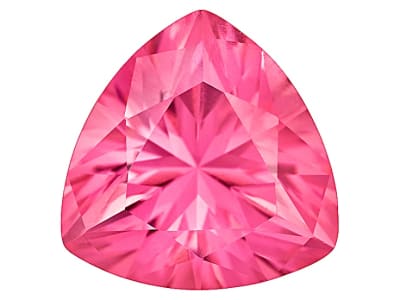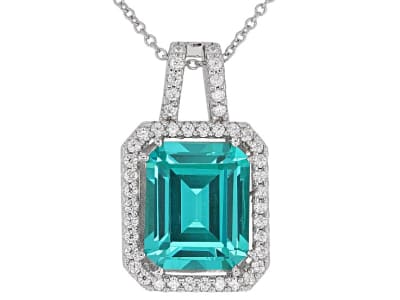YAG is the abbreviation for yttrium aluminum garnet. It was first grown in the 1950’s using the flux grown method. It is most often grown by the Czochralski method today. Its primary application was in optic and laser technology. It was used as a diamond simulant until 1973 when synthetic cubic zirconia came on the market. New varieties of YAG were developed and produced exciting new colors that could simulate tsavorite and aquamarine.
General Information
Tolerance:(+0.010/-0.010)
LWUV: Variable
YAG Colors
-
 Blue
Blue -
 Blue
Blue -
 Colorless
Colorless -
 Green
Green -
 Pink
Pink -
 Purple
Purple -
 Red
Red -
 Yellow
Yellow
YAG Spectra
We acknowledge the significant scientific contributions of John S Harris, FGA to the study of gemstone spectra and with deep appreciation to him, acknowledges the use of his images and related notes about gemstones and their spectra in the educational materials on this website.
Alternate Names
Yttrium Aluminum Garnet, Alexite, Amatite, Circolite, Dia-Bud, Diamite, Diamogem, Diamonair, Diamone, Diamonite, Diamondite, Diamonte, Di'yag, Geminair, Gemonair, Kimberly, Linde Simulated Diamond, Nier-Gem, Regalair, Replique, Somerset, Triamond, YAIG, Yttrium Garnet
Countries of Origin
Russian Federation; Unknown; China
Care
Normal care





